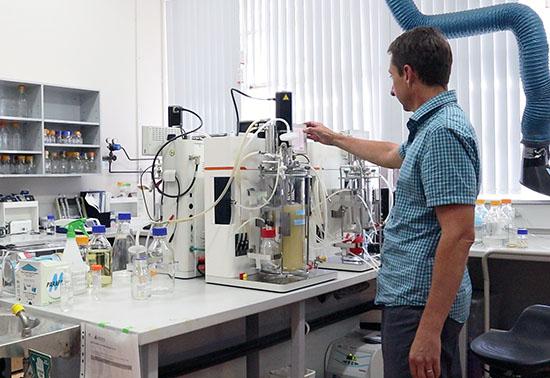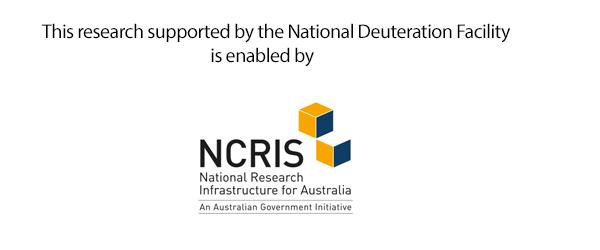

Published on the 23rd July 2021 by ANSTO Staff
Key Points
- Using a model membrane, European researchers have determined that the COVID virus disrupts cell membrane lipids when it invades
- The research is important as it is a new area of investigation with possible implications for highly infectious COVID variants
- Deuterated lipids from ANSTO's National Deuteration Facility were crucial for the neutron reflectometry experiments at Institut Laue-Langevin
Update 23 March 2022
This research was one of the top 100 downloaded cell and molecular biology papers for Scientific Reports in 2021.
ANSTO continues to support efforts to develop vaccines and treatments for COVID 19 with an expanding list of capabilities that are being used by Australian and international researchers.
ANSTO’s National Deuteration Facility has been providing high-quality deuterated lipids used in the construction of cell membrane models to support research that improves our understanding of how the virus interacts with elements of the cell membrane, a relatively new area of investigation.

A simplified illustration of the virus on the surface of the cell
Biodeuterated cholesterol was provided to a large international collaboration. led by Prof Giovanna Fragneto, involving Institute Laue Langevin (ILL), the Paul Scherrer Institute and the Institute de Biologie Structurale in France that has helped to clarify how the SARS-CoV-2 spike protein interacts with lipids and cholesterol on cell membranes allowing the viral RNA to enter human cells. Read more
“It is an exciting and promising piece of research from our colleagues in France, who have developed an accomplished model to understand this interaction on the surface of cells,” said Dr Tamim Darwish, Leader, National Deuteration Facility and a co-author on the paper.
“We provided deuterated cholesterol, a key constituent of cell membranes, that was used in neutron reflectometry measurements at ILL, enabling them to differentiate membrane structures at the nanoscale,” said Darwish.
The interaction of the spike protein with the human protein ACE2 has been studied widely and research involving ANSTO’s Australian Synchrotron was recently reported.
However, details about the interaction with the lipid bilayer on the cell, which were reported in a paper in Scientific Reports, are novel.
“The fact that the virus may be stripping away the lipids, disrupting the cell membrane with potential impact on infection, will be of great interest in the context of more infectious new variants,” said Dr Rob Russell, who supervised the production of the deuterated cholesterol at the National Deuteration Facility and a co-author on the paper.

Robert Russell in the biodeuteration facility, where deuterated lipids are produced
“Lipids are essential, from cell membrane components to drug delivery vehicles, and what we have done previously using deuterated lipids enabled research for mRNA technologies but this investigation provides fundamental insights into how the virus interacts while invading the cell membrane,” said Darwish.
“This type of research opens up new areas of study, whether it is developing or refining drugs or how they are delivered, we fully expect that deuteration will continue to prove its usefulness.”
DOI: https://doi.org/10.1038/s41598-021-93996-x



